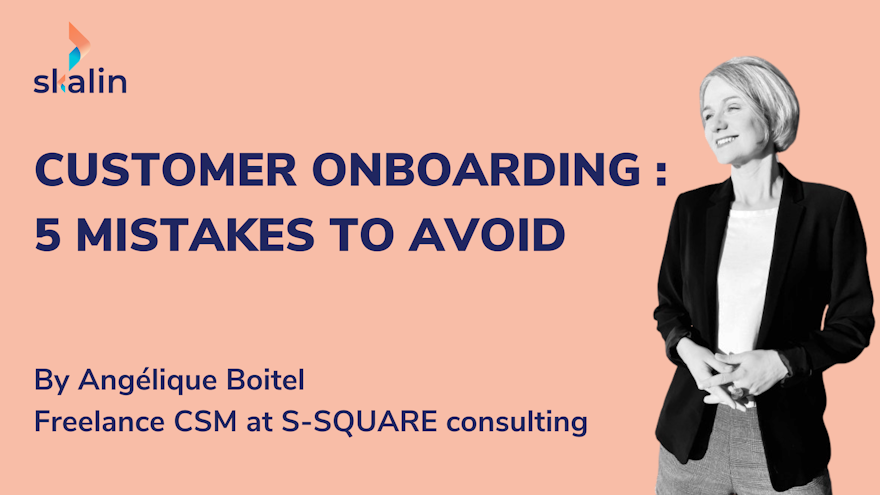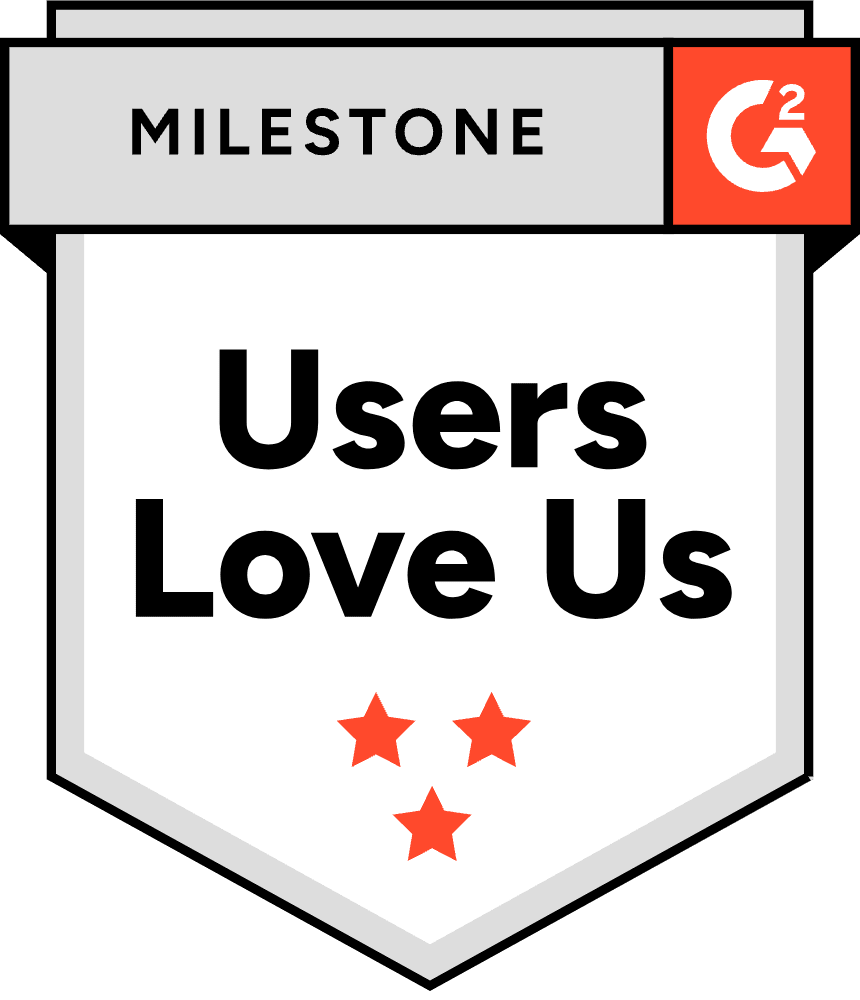Henri Jeanson once said: "A first impression is always a good one, especially when it's a bad one". For SaaS companies, this quotation aptly reflects the importance of the customer onboarding phase. The teams responsible for establishing and nurturing the customer relationship are determined to succeed in this essential process, which is the foundation of a lasting relationship. However, there are a number of pitfalls lurking in the path of customer success on the road to onboarding, all the more so when the process has not yet been fully tested and there are intense peaks of activity to contend with.
So here's a quick reminder of 5 mistakes you shouldn't make:
1. Starting the race without a relay
Another new deal! Cheerfulness and motivation are the order of the day. We're already preparing the customer's environment, and we hope to quickly display their logo in our "They trust us" section. Kick-off and training sessions are planned. Attractive slides show the different stages to lead everyone to success. The sales team will, of course, take part in the first meeting and will be kept informed of further developments, always on the lookout for opportunities.
But... have you taken the time to discuss the customer's background? How did the very first stages of the customer journey go? Who was convinced and why? What are the professional and personal expectations and objectives of the parties involved? And what does this brand-new customer represent for your company?
The answers to these questions are essential for adjusting your customer support strategy and determining the resources and teams you need to mobilise. Taking the time for a formal, documented meeting between the pre-sales and post-sales teams helps set the context for a personalised experience. Team cohesion is always viewed very favorably by customers.
2. Focusing on a single champion
From the kick-off meeting onwards, you knew it was going to be him (or her). Your champion. Interested and motivated, he or she takes charge and plans the next work sessions with you. You feel delighted and relieved, and as expected, the steps follow one after the other, and the objectives are quickly achieved.
Two months later, you learn that your champion is leaving the company or changing jobs. No one else has been involved in using your product. At best, you can start the onboarding process again with a replacement; at worst, your product is forgotten. Either way, the likelihood of churn increases dramatically.
That's why it's essential to take the time to identify several key users. At the very least, you need to make sure that the decision-makers involved in the renewal are fully aware of the value generated by the product AND the best practices for using it to obtain that value. You can never predict the ups and downs of corporate life, so it's always wise to ensure that your product is known and used by several people.
3. Ignoring the impact of change
Your product is unquestionably the best on the market. Its value is obvious, and your enthusiasm is infectious, making you a sought-after CSM. The kick-off goes perfectly, the teams are delighted to be working together, and everyone is looking forward to a promising future. But then reality catches up with you. The customer's teams, who were highly motivated when the deal was signed, are overworked. They are overwhelmed by day-to-day operations, and even though your product should save them time and make their lives easier, they first have to learn how to use it and change their habits, perhaps radically. The temptation to "see after" the next important deadline is very strong, and in the end, the product is not really used.
The change brought about by the arrival of your product must not be neglected. It is essential to incorporate the basics of change management into the onboarding process: firstly, you need to make sure that the customer has planned to make "room" for the product; then you need to set out precise guidelines for increasing competence; encourage regular practice (measuring practice is essential for assessing a customer's health!); celebrate each victory and constantly remind them of the benefits that have been demonstrated.
4. Enjoying the silence
Mr. Martin is an undemanding customer who you find completely relaxing. He takes part in the sessions, even if he postpones or cancels some of them (which, let's face it, suits you just fine), asks you relatively few questions, doesn't flood the support system with the little bugs that pop up here and there, and doesn't send you any surreal requests to customize the product to his needs.
As your portfolio is well-stocked and your days well-filled, you concentrate your efforts on the much more fastidious customers with very specific requirements. And then, surprise, surprise, your manager tells you in the middle of the week that Mr. Martin's latest NPS is very poor (or worse, that he has decided to stop his subscription even though the onboarding has not yet been completed). You didn't see it coming...
In the onboarding phase, as in any other phase of the customer journey, a silent customer is often a customer with little interest. It's vital to be wary of them and to ascertain the reasons for their apparent calm. A low number of questions asked, tickets opened, or feature requests should alert you. An involved customer is bound to take up your time and energy to explain their vision of the ideal product in one way or another, and although it's always tricky not to be able to say yes to everything, or even solve every problem, it's always preferable to indifference.
5. Clear up the beginning and end
You've completed the final stage of the onboarding process. You're very satisfied with the work you've done. The customer has attended all the training sessions, you've ensured that the value has been demonstrated, and the success plan indicators are in the green.
The next deadline is the business review, in three months' time. You'll be able to concentrate your efforts on other customers; this one's over.
Three months later, you realize that the customer is no longer using the product and is not satisfied with the services provided. The end of onboarding doesn't mean that your efforts are over. Quite the opposite! This is when the retention phase begins.
The pitfalls mentioned above remain dangerously present throughout the collaboration, so don't forget to:
- Carry out a quality handover with the teams responsible for retention (if different from those responsible for onboarding).
- Always seek to recruit new users.
- Help your customers to integrate your product into their daily lives and monitor their use of it.
- Don't let your customers settle into silence.
- Think of the customer experience as a cycle... which ideally has no end!
With over twenty years' experience in managing digital projects for major accounts, including five years devoted to Customer Care and Success, Angélique supports B2B SaaS organisations that want to instill in their teams a culture focused on their customers' success. She unites employees around shared values, processes, and tools, with the aim of optimising the customer experience and maximising retention.








